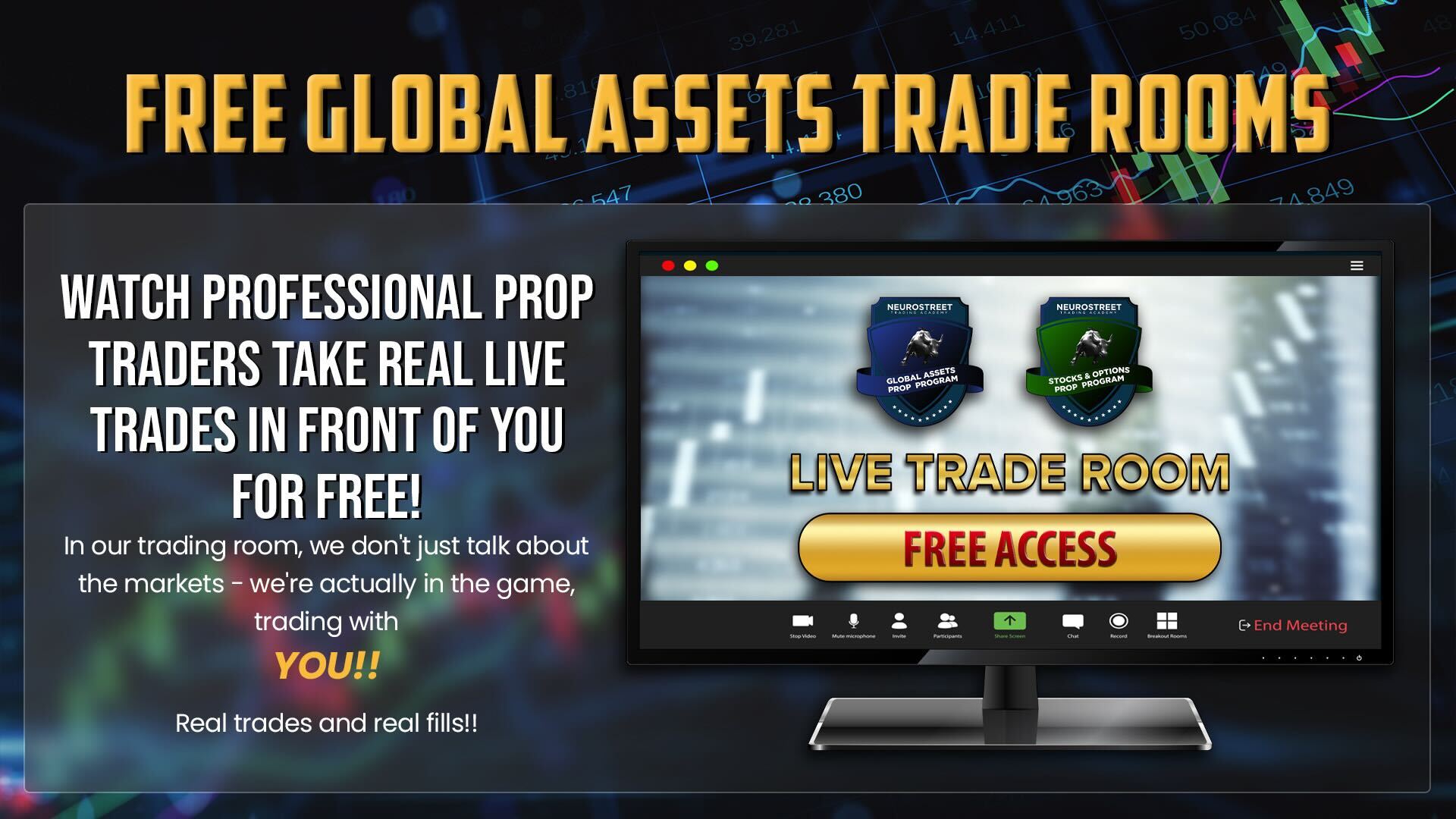Chapter 2: Foundations to Futures
The futures market opens the door to a world of essential and highly sought-after commodities. Here, traders can engage with a wide range of assets including precious metals like gold, energy commodities such as oil, agricultural products like wheat and orange juice, alongside major currencies and key financial indices including the US Dollar, British Pound, Japanese Yen, Dow Jones, Nasdaq, and the S&P 500. These assets are perpetually in demand, offering a dynamic trading landscape.
Whether you’re transitioning from stocks, options, or forex trading, or you’re stepping into the trading arena for the first time, the futures market serves as an excellent primer on the fundamentals of market trading.
Trading in the futures market shifts the focus from the intricacies of individual companies to the broader market of fundamental commodities and financial instruments. Instead of analyzing a corporation’s management or market longevity, traders in the futures can directly engage with commodities like crude oil, appreciating its perpetual demand and market presence.
The Landscape of Futures Exchanges
Think of futures exchanges like big online marketplaces, but instead of buying and selling things like phones or shoes, traders buy and sell contracts for stuff like gold, oil, or even financial instruments in the future. Some of the most famous “shops” in this market are the CME (Chicago Mercantile Exchange), ICE (Intercontinental Exchange), and Eurex. Each one is a bit different – they open and close at different times and sell different types of contracts. It’s like shopping at different stores that specialize in various goods and have their own hours.
Exchanges and Players in the Futures Market
Key Exchanges for Futures Trading:
- Chicago Futures Exchange (CFE/CBOE) & Chicago Board of Trade (CBOT): Historic centers for commodities trading.
- Chicago Mercantile Exchange (CME): The largest futures exchange, offering a wide range of commodities.
- Intercontinental Exchange (ICE) & New York Mercantile Exchange (NYMEX/COMEX): Key platforms for energy and metals.
- Minneapolis Grain Exchange (MGEX) & Kansas City Board of Trade (KCBT): Specialized in agricultural commodities.
- OneChicago (ONEX) & NYSE Liffe US: Innovative markets for financial futures.
Market Participants:
- Exchanges & Brokers: The platforms and intermediaries facilitating trading.
- Regulators & Educators: Ensuring market integrity and trader education.
- Producers & Consumers: Direct stakeholders in commodity markets.
- Speculators: From individual traders to hedge funds, driving market liquidity.
POPULAR FUTURES SECTORS
Grains: Corn, Wheat, Soybeans, Soymeal, Soybean Oil, Oats, Rice
Energy: Crude Oil, Heating Oil, Natural Gas, RBOB Gasoline
Metals: Gold, Silver, Copper, Platinum, Palladium
Livestock: Live Cattle, Feeder Cattle, Lean Hogs
Tropicals/Softs: Sugar, Cocoa, Cotton, Coffee, Frozen Orange Juice
Stock Indices
SP500, Nasdaq100, DOW, Russel2000, FTSE, Hang Seng Index, DAX
Interest Rates
Bonds, 10yrNote, 2yrNote
Currencies
US Dollar Index,CAD Dollar, AUD Dollar, British Pound, Euro,Japanese Yen, Mexican Peso, Swiss Franc
MARKET SESSIONS
One benefit to trading futures is that it provides flexibility with trading times available to trade.
Unlike equities and options markets, global futures trading is open six days a week for 23 hours a day.
This provides multiple opportunities for traders to trade different market sessions.
Session Timings:
US Market Session: The primary trading hours for a wide range of commodities and financial futures.
Aussie and Asian Session: A quieter trading window, ideal for those looking to engage with markets outside of US hours.
European Session: A bridge between Asian and US markets, offering early trading opportunities in various commodities and financial futures.


